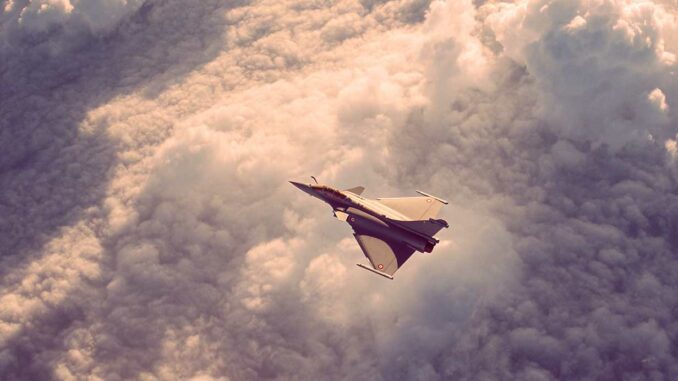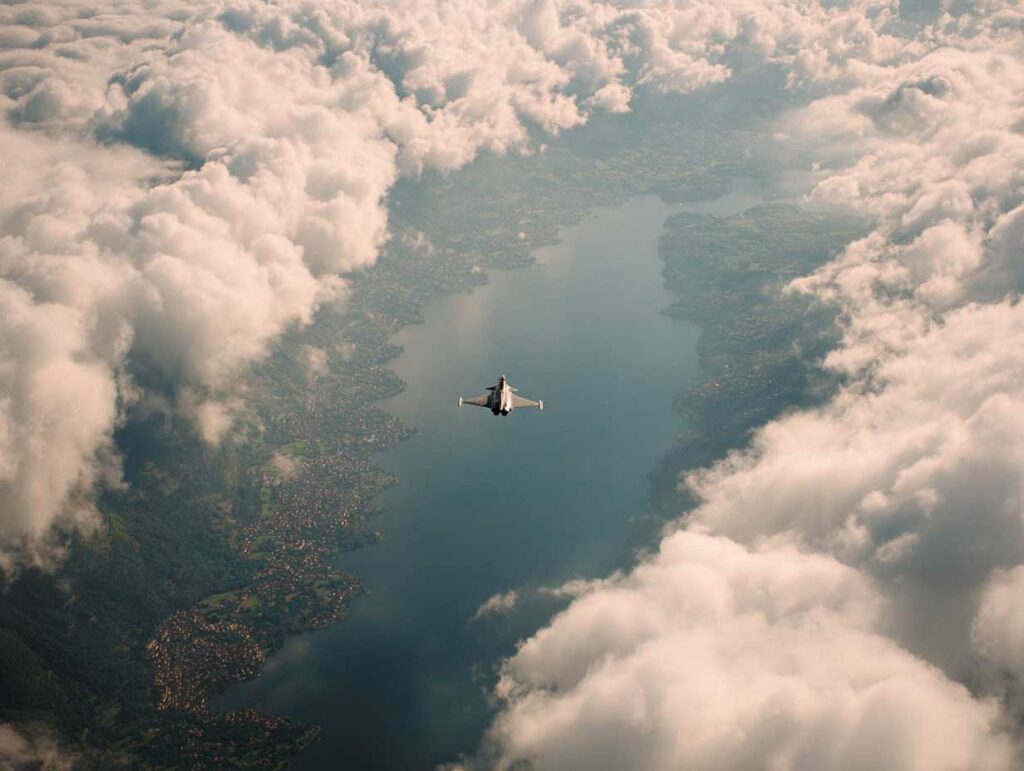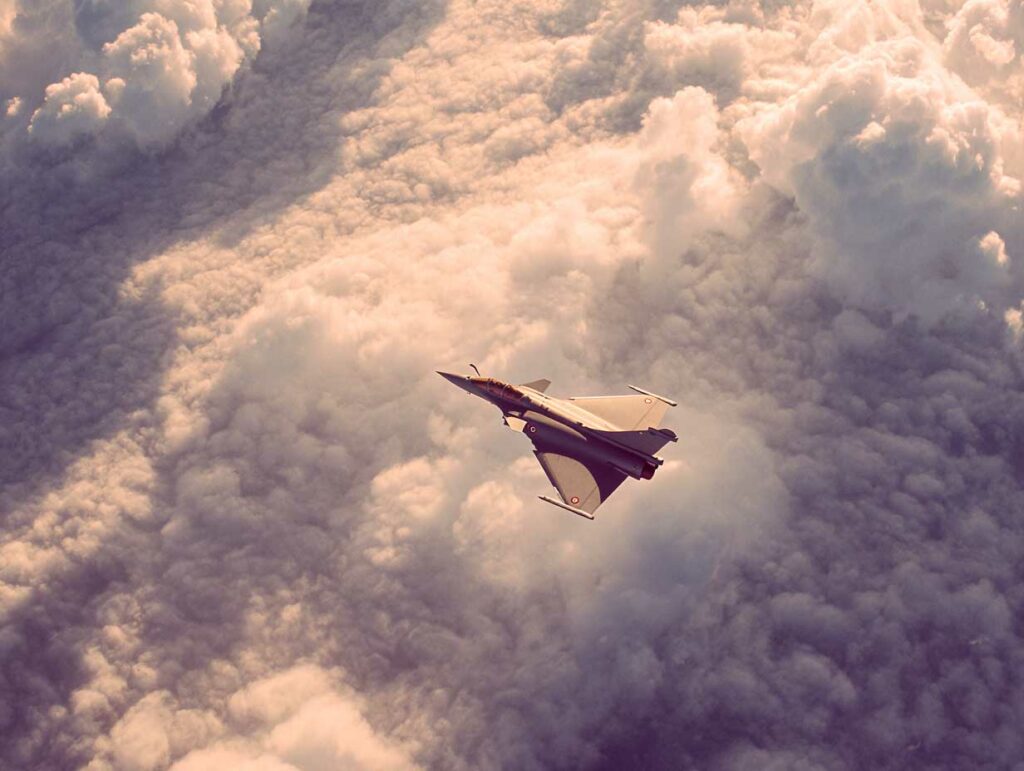
The French army is overusing its Rafale aircraft by 15% due to a lack of resources following sales to Greece and Croatia and deliveries of Mirage aircraft to Ukraine.
The French Air and Space Force is facing a major operational challenge: an estimated 15% overuse of its Rafale jets to meet current needs. This imbalance is partly the result of the sale of 24 second-hand Rafale aircraft to Greece and Croatia, as well as the delivery of Mirage 2000-5F aircraft to Ukraine. These strategic choices, although essential to support allies, are weighing heavily on the national operational format. Officials have warned that only an acceleration of deliveries of Rafale aircraft from the F4 tranche will make it possible to compensate for this capability shortfall. According to parliamentary sources, the target set by the 2024-2030 Military Planning Law is for 137 Rafale and 48 refurbished Mirage 2000D aircraft, for a total of 185 fighter jets, compared with 196 aircraft in service at the end of 2023, which already represents a structural contraction. Only an increase in production, with early deliveries, can prevent a gradual erosion of deployment capacity. The army must juggle support for Ukraine, commitments in the eastern Mediterranean, and maintaining its national posture, while the production cycle for a Rafale lasts an average of three years.
The overuse of the Rafale explained
The 15% overuse of Rafale aircraft results in increased use of the aircraft beyond regular standards, leading to accelerated fatigue of the airframes and engines. This rate is an estimate made to meet increased operational demand, particularly for surveillance, interception, and strikes. Several main factors explain this pressure:
- The sale of 24 Rafale aircraft (12 to Greece and 12 to Croatia) from the national fleet reduces the capacity available for French missions. These aircraft were F3R standard and were to be gradually replaced by new Rafale aircraft; the gap between withdrawal and replacement creates a bottleneck.
- The delivery of Mirage 2000-5F aircraft to Ukraine, which involves the mobilization of pilots and mechanics for training, as well as a reduction in the reserve fleet available to the French army. Six Mirage aircraft will already have been delivered by early 2025.
These decisions, taken in a tense geopolitical context, exacerbate a situation in which the remaining Rafales must cover a broader mission spectrum. To compensate, the army is calling for early activation of the F4 tranche, some of which could be delivered ahead of schedule if the 2025 finance law provides for it.

Pressure on national operational capabilities
The reduction in operational format poses risks to France’s deterrence and projection posture. With only 96 Rafales in service in the summer of 2024, and a target of 137 units by 2030, the ability to engage in multiple theaters simultaneously is severely curtailed.
In a tense Mediterranean context, the army must carry out missions to defend sovereignty, intercept threats, and support external operations. However, aircraft maintenance becomes more intensive with increased use: a Rafale requires maintenance costs of around several tens of thousands of euros per flight hour, although less than its predecessors, but short-term maintenance cycles are increasing.
In the event of a shortfall due to accidental loss or damage to an aircraft, there is little room for maneuver. The example of a Ukrainian Mirage 2000-5F that crashed in July 2025 highlights the vulnerability of even modernized aircraft and encourages caution when it comes to using national stocks.
Options for restoring the fighter format
Several options are being considered to reduce the pressure on the Rafale:
- Catching up on production: the production line in Mérignac can theoretically produce 3 to 3.5 aircraft per month, but this depends heavily on supplier logistics.
- Anticipating deliveries of the F4 tranche to fill the gap left by immediate disposals. According to parliamentarians, this anticipation could allow for faster compensation.
- Raising the target for the 2030 Military Planning Law: instead of reaching only 137 Rafales, a more ambitious target (150-160) would make it possible to absorb natural losses and disposals without weakening the overall format. This scenario is described as “respectable,” but has not been included in the 2025 financial plan.
Restoring a fleet of 185 aircraft (Rafale + refurbished Mirage) is imperative to maintain full strategic coverage. Any delay in production or delivery directly impacts the army’s ability to conduct multiple missions simultaneously, particularly in the Mediterranean, the Sahel, and for NATO.

The consequences for industrial policy
The operational tension is also impacting Dassault Aviation and its subcontractors. An accelerated need for Rafale F4 aircraft is putting pressure on the entire industry. Stability in export orders (United Arab Emirates, India, Indonesia) provides visibility, but domestic needs require priority to be given to manufacturing for the national army before 2030.
With exports and domestic demand combined, the production chain must increase its performance without compromising quality or safety. A delay or failure on the part of a supplier could seriously affect delivery times. In this context, military leaders are keenly hoping for more decisive political measures, including an increase in the national fighter aircraft budget for 2026-2028.
The French army is facing a 15% overuse of its Rafale aircraft, a direct consequence of sales to Greece and Croatia and deliveries of Mirage 2000-5F aircraft to Ukraine. The gap between aircraft withdrawn and replaced is creating growing pressure on the fleet. Only an increase in the production program, early delivery of the F4s, and an adjustment of the LPM targets will restore the capacity to field 185 combat aircraft. The lack of swift action exposes France to a weakening of its strategic maneuvering room. Frank dialogue between political and military decision-makers is needed to avoid a gradual erosion of the national fighter fleet.
War Wings Daily is an independant magazine.